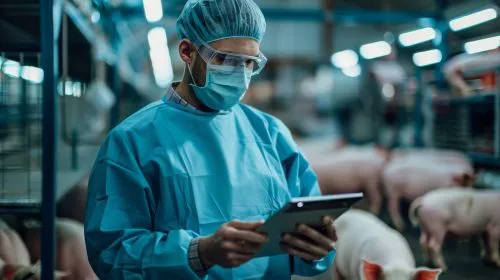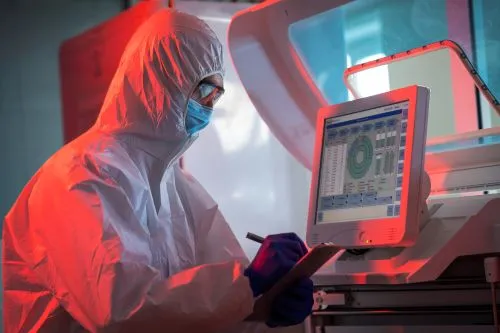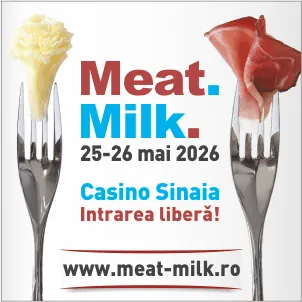842

Smart Technologies Are Transforming the Way Milk Is Produced on Romanian Farms
Digitalization is increasingly penetrating every sector, including the traditional branches of the Romanian economy. One of the most visible examples can be seen in the adoption of new technologies on dairy farms. Real-time health monitoring of animals, in-line milk composition analysis, and optimized production processes are just a few of the changes brought by precision agriculture.
What Is a Digital Dairy Farm?
A digital farm doesn't just involve spectacular automation, but rather an integrated network of sensors, software, and smart equipment that optimizes milk production. From robotic milking systems to biometric collars worn by animals, digitalization enables advanced levels of control, efficiency, and traceability—far beyond what conventional methods can offer.
How Do These Technologies Work?
Each animal is equipped with a smart collar connected to a digital platform. This device monitors body temperature, daily movements, rumination hours, and even social interactions. The system generates real-time alerts if signs of illness or stress appear, allowing for quick and effective intervention.
In addition, modern milking systems analyze milk composition—fat, protein, lactose content, and potential infection indicators—in real time. All data is stored in the cloud and can be accessed by the farmer from any device, offering a complete overview of each animal’s health and productivity.
Examples of Implementation in Romania
In Cluj County, Andrei Pop’s farm uses a digital system to monitor its 120 Holstein cows. “Before, we lost dozens of liters of milk each month due to untreated mastitis. Now, the system warns me in advance about any risk,” says the farmer. The initial investment was significant, but the farm’s profitability increased by more than 30% within the first year of adopting the new technology.
Benefits for Consumers
Although not immediately visible, the benefits for consumers are real: safer milk, consistent quality, and products sourced from carefully monitored and properly cared-for animals. Full traceability allows each milk batch to be tracked back to the originating farm, strengthening consumer confidence in local dairy products.
An Underreported Topic
Despite its major impact on agriculture, the digitalization of farms remains rarely discussed in mainstream media. This may be due to the perception that “technology in farming” is a niche topic. However, such initiatives clearly show Romania’s capacity to adopt innovation efficiently—quietly, but with tangible results.
Conclusion
The digital transformation of dairy farms in Romania marks an important step toward sustainable, efficient, and transparent agriculture. This is not about artificial milk, but about the responsible use of technology for the benefit of animals, farmers, and ultimately, consumers. This quiet yet profound transformation has the potential to redefine national standards in food production.
(Photo: Freepik)




